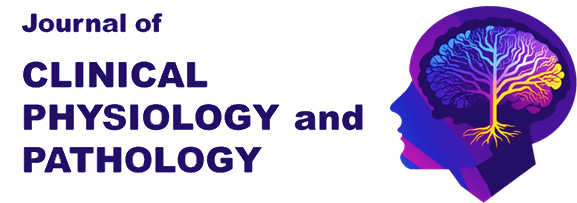Authors
Anatoly Inozemtsev, Yulia Dyachenko, Olga Karpukhina, Irina Kalinina
For сitation
Inozemtsev A., Dyachenko Y., Karpukhina O., Kalinina I. The research of the effect of the interaction of molybdenum, cobalt, piracetam and ascorbic acid on cognitive processes in rats. Journal of Clinical Physiology and Pathology (JCPP) 2023; 2 (1): 19-23.
Abstract
The problem of combined effects on animals of a combination of drugs with heavy metals (HM) is considered. The study was carried out at the K.L.Khetagurov North Ossetian State University (Vladikavkaz, RSO-Alania) and the Lomonosov Moscow State University (Moscow). The effect of lead diacetate and ammonium molybdate on the training of rats was studied separately, as well as in combination with ascorbic acid and piracetam. It has been found that lead and molybdenum salts inhibit avoidance reactions and inter-signal reactions. The combined effect of these salts with ascorbic acid and piracetam led to mixed results. The nootrope counteracted the inhibition of avoidance reactions by metals, but increased the inhibition of inter-signal reactions, which serve as an important characteristic of learning. In contrast, ascorbic acid reduced the inhibition of both avoidance reactions and inter-signal reactions caused by HM. The use of 2 drugs with HM led not only to an increase in the positive effect exerted by each of the drugs on training, but also to its weakening. The results obtained indicate that the interaction of drugs and HM, taking place in real conditions, is fraught with unpredictable consequences and may pose a danger to human and animal health. This justifies the need for further analysis of the combined effects of several drugs with HM.
Keywords
molybdenum, cobalt, ascorbic acid, piracetam, training, rats.
